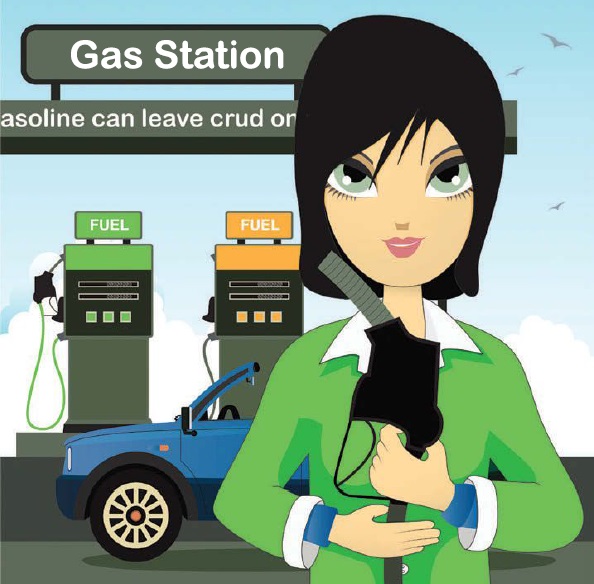Caveat emptor
Dr. Edward P. Becker | TLT Automotive Tribology October 2014
‘Extraordinary claims require extraordinary evidence.’
—Carl Sagan

www.canstockphoto.com
I GOT A REALLY GOOD LAUGH while buying gasoline the other day. As I was filling up, I noticed an advertisement next to the pump that read, in part:
“Low-quality gasoline can leave crud on vital engine parts. So always fill up with (brand with proprietary additive) to minimize deposits and protect performance.”
What amused me was the use of the loaded term “crud,” a word with many meanings and one clearly intended to conjure up a pretty disgusting image in the customer’s mind. Then the analytical part of my mind kicked in and I started to analyze what the ad actually claimed and, more important, didn’t claim. Note that I am leaving out the particular brand and additive names, not to protect the innocent, but because these tactics are practically universal among advertisers of all types of products.
Specifically, the ad does not claim that any competitors actually sell low-quality gasoline. Further, the claim “protect performance” is ambiguous and probably untestable, while “minimize deposits” can be construed to mean “no more deposits than a competitor’s product would cause.”
As a tribologist, I stay current with developments in the field by reading peer-reviewed journals such as
Tribology Transactions and attending the STLE annual meeting where the information presented is subjected to review and skepticism and the claims are usually specific and backed up by evidence. Widespread adoption usually follows. A good example in the automobile field is the evolution of the piston ring. Engine cylinders are typically made of cast iron. For the first 50 years of engine production, the top compression ring was also cast iron. The wear that resulted meant an engine overhaul was usually required around 30,000 miles (~50,000 km). The introduction of chromium-plated rings extended that interval to around 70,000 miles (~110,000 km). Further improvements in materials and lubricants have made the “ring job” a thing of the past for most drivers.
Nevertheless, a visit to the neighborhood auto parts store reveals hundreds of products for sale to add to virtually every fluid in the vehicle and offering seductive claims such as enhanced performance, protection from wear, corrosion-fighting properties, etc. Occasionally they will even make a quantitative claim such as “reduces wear by up to X.X%.” The consumer should realize that “up to” clearly includes the number zero!
Some of the claims are testable and absolutely true. For example, a number of oil additives claim to increase space between moving parts, and they do, by increasing the viscosity of the oil. What they don’t tell you is that, by increasing the oil viscosity, they decrease fuel economy! The point is, be aware that if an additive has a positive effect on one aspect of your vehicle, it also may have unintended side effects on other aspects.
As always, the best advice is
caveat emptor—let the buyer beware!
 Ed Becker is an STLE Fellow and past president. He is president of Friction & Wear Solutions, LLC, in Brighton, Mich., and can be reached through his website at www.frictionandwearsolutions.com
Ed Becker is an STLE Fellow and past president. He is president of Friction & Wear Solutions, LLC, in Brighton, Mich., and can be reached through his website at www.frictionandwearsolutions.com.